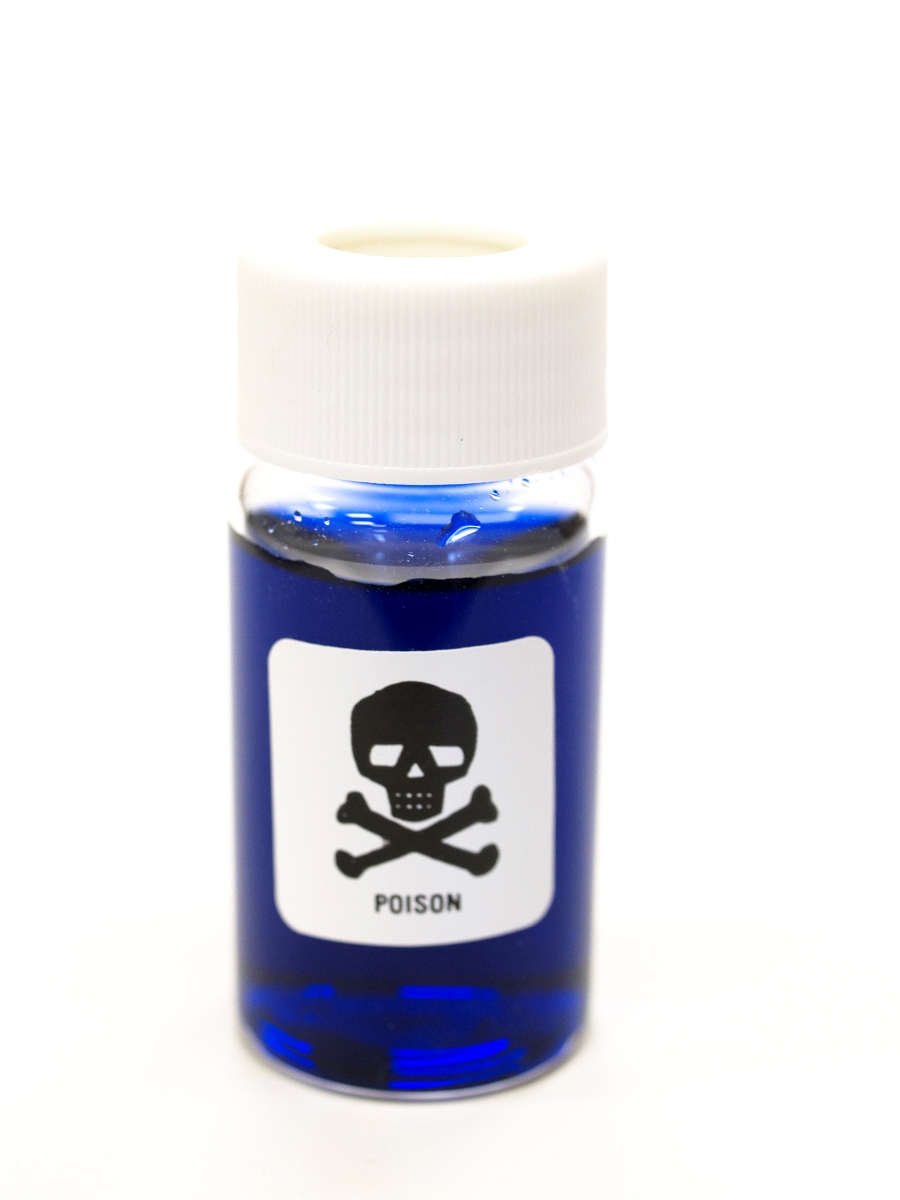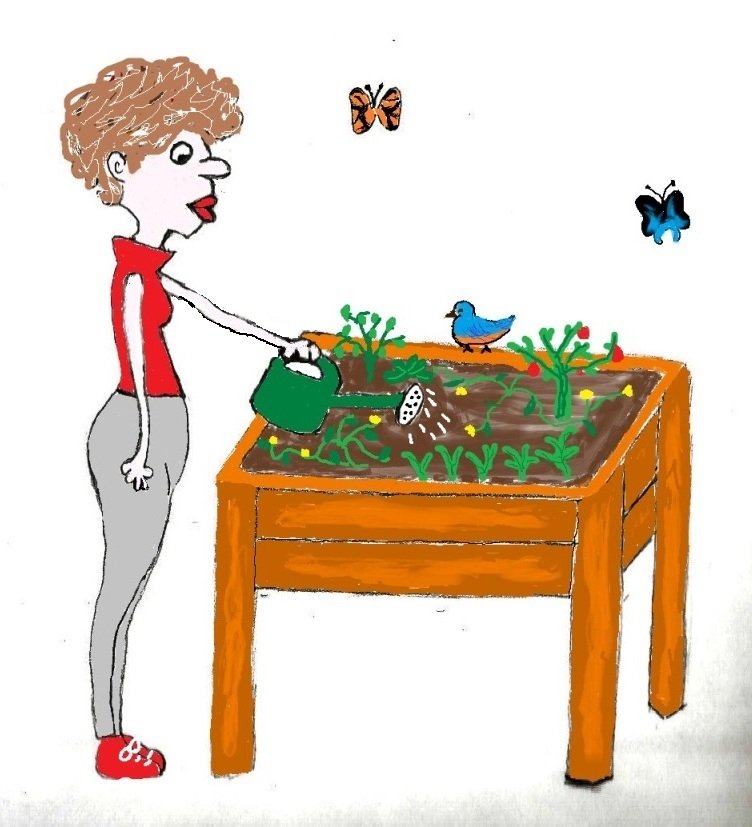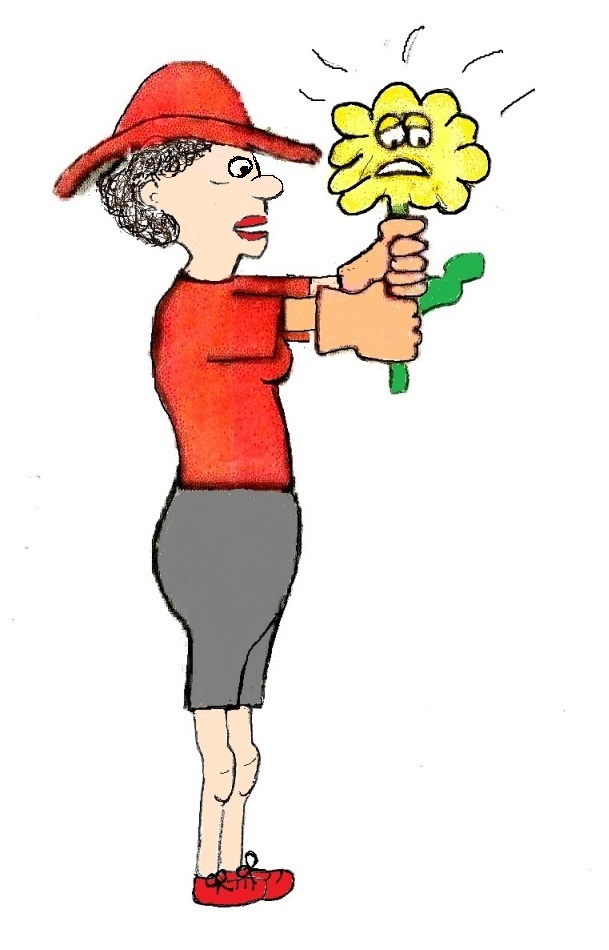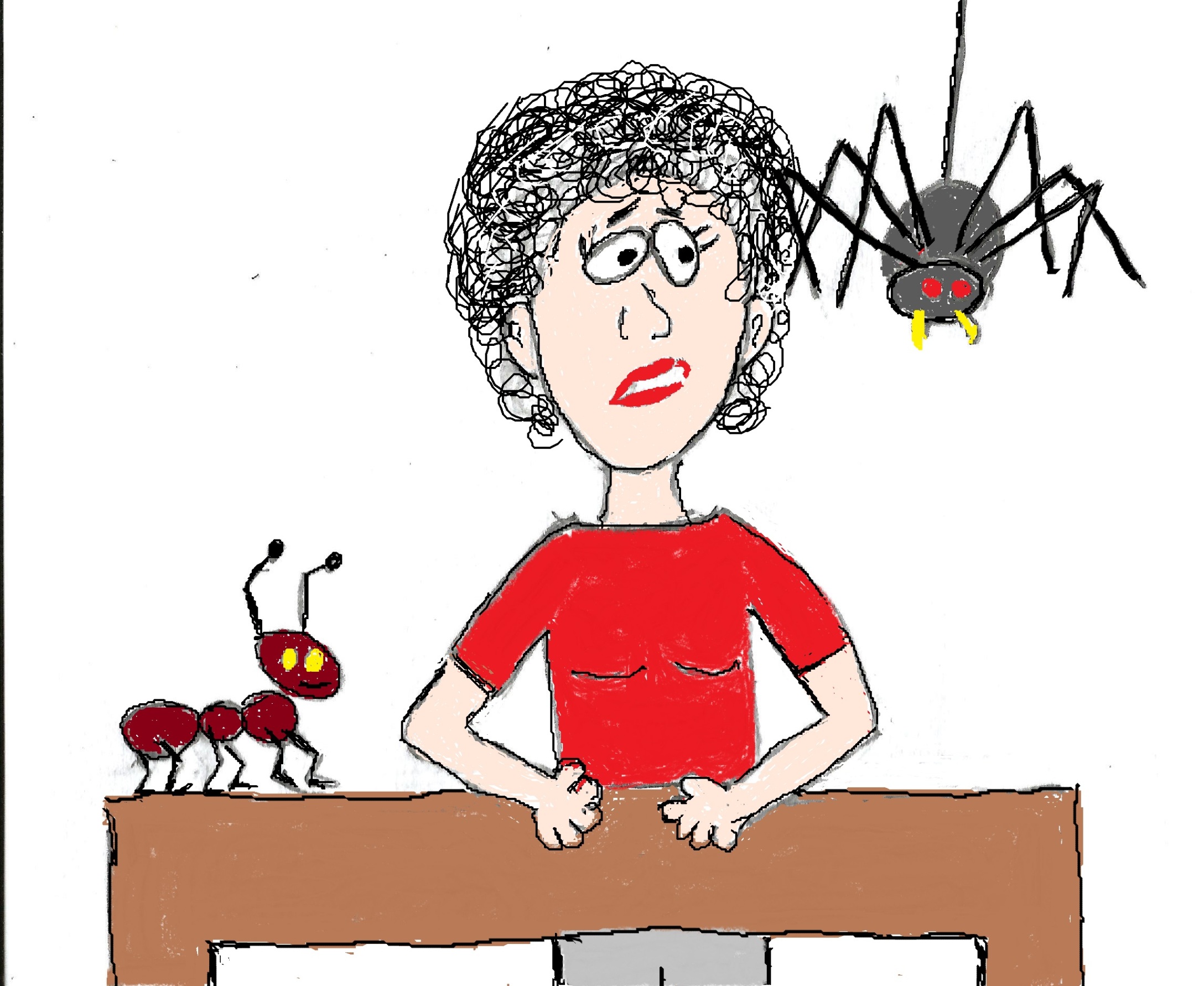- Home
- Toxic Chemicals in Household Products
- Natural Pesticides
Three Reasons to Choose Natural Pesticides
Using natural pesticides and living a synthetic pesticide free life is possible. I know, I’ve been
doing it for 25 years. In that time I’ve managed to grow nice lawns and flower
gardens and productive vegetable gardens and keep my house from being overrun
by pests. I’ve lived places like the Eastern Shore and southwestern Virginia,
and now on a mountain, all places where there are no shortages of pesky
critters.
Health Effects of Pesticides
Why do I avoid synthetic pesticides? Pesticides are designed to kill things. Insects, weeds, mammals, bacteria - basically anything that we don’t want invading our space. So by their very nature they are toxins. There are an estimated 600 different chemicals in the 200,000 pesticides on the market. Many of them can make you sick.
According to Beyond Pesticides.org, of the 30 most commonly used pesticides, 17 can cause cancer, 18 are endocrine disrupters, 19 have reproductive effects, 24 can cause liver and kidney damage, 25 are irritants and 11 may cause birth defects. Seventy-five out of 99 human studies that were done on lymphoma and pesticide exposure found a link between the two.
Atrazine, a commonly used pesticide on corn crops and lawns and found in a majority of U.S. drinking supplies, is linked to Parkinson’s
Disease. In other words, there is overwhelming scientific evidence of the
health effects of pesticide exposure.
Children and Pets Are at a High Risk

The health of your kids and pets are at a greater risk from pesticide exposure because of biology and behavior. The organs of young children are still developing and their livers are less efficient at breaking down and removing toxins. Because of their small size, kids take in more toxins relative to their body weight. Kids also spend more time on the floor and are always putting things in their mouths, which can expose them to toxins.
According to the EPA, “There are ‘critical periods’ in human development when exposure to a toxin can permanently alter the way an individual's biological system operates.”
The smaller bodies of pets also make them more susceptible to chemicals, and their behaviors make them more likely to be exposed to toxic pesticides. They walk through chemically-treated areas unknowingly, sniff weeds treated with herbicides, absorb pesticides through their mouth, nose, and eyes, and can absorb through their skin any powder that sticks to their fur.

We Underestimate the Dangers of Pesticides
Pesticides are in products that you may not think of as hazardous or you use them so often that you ignore the risks. For example, weed and feed lawn products contain the toxic pesticide 2,4-D, which was also in Agent Orange. The Material Safety Data Sheet (MSDS) on 2,4-D suggests to “avoid contact with skin, eyes or clothing. When using this product, wear long‐sleeved shirt, long pants, socks, shoes, and rubber gloves. Remove and wash contaminated clothing before reuse.”
I don’t think I’ve ever seen anyone applying weed and feed in their yard that followed these instructions. Those tiny little granules seem so harmless. They’re not. The MSDS states that the product “contains material which causes damage to the following organs: kidneys, liver, skin, eyes and the central nervous system". Studies have also found that 2,4-D is a carcinogen and endocrine disrupter. Rates of canine lymphoma are 70% higher in dogs whose owners use weed and feed products. Yet, 46 million pounds of 2,4-D are applied to U.S. lawns, golf courses, and agricultural land every year.
Because the health risks from pesticide exposure are well documented, I encourage everyone to consider natural pesticide alternatives. Making the switch is a profound way to protect your health and the health of your children and pets.
There are plenty of non toxic pest control solutions available for indoor and outdoor use that are very effective. For example, Wondercide has a wide selection of natural and safe options. This section of the website will explore those options.






